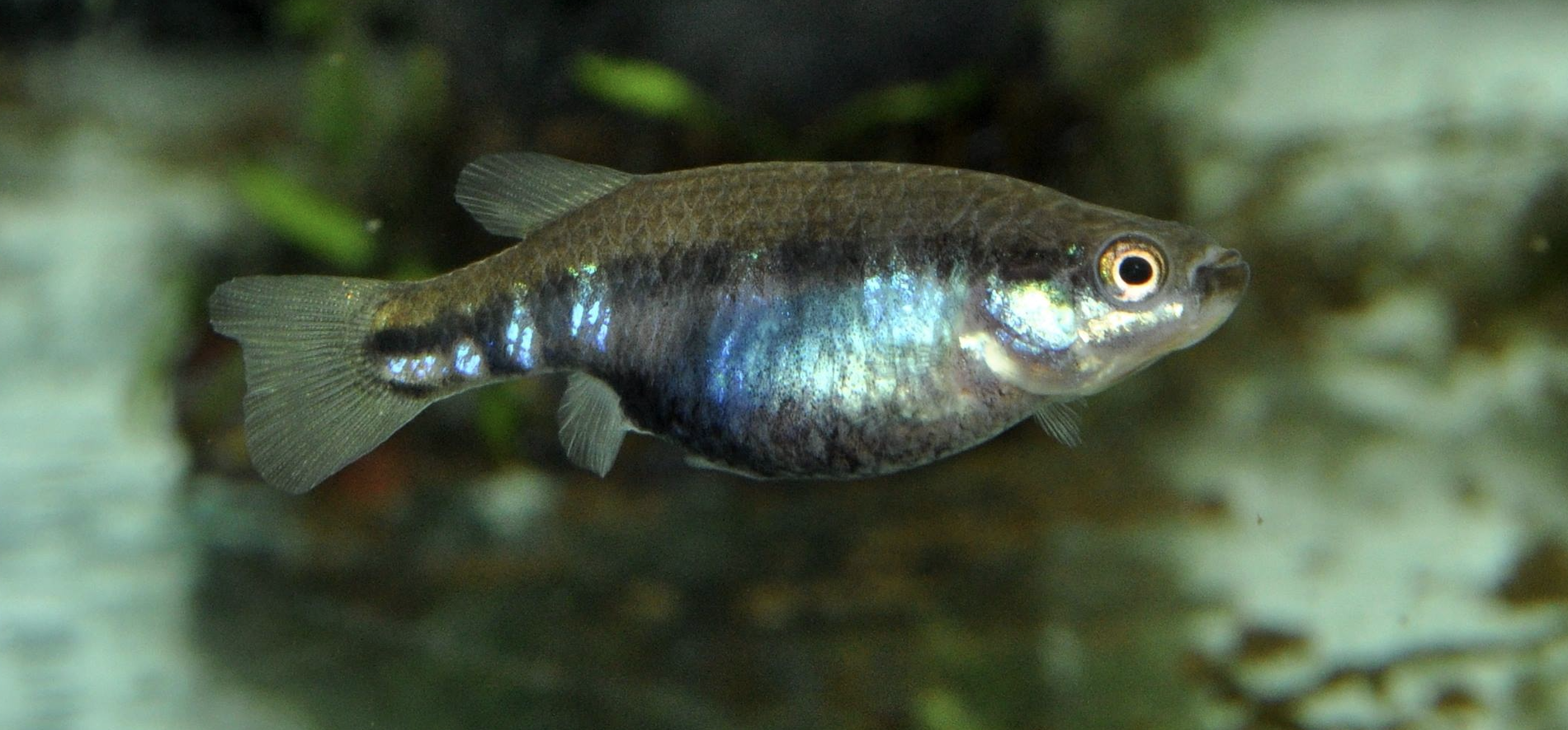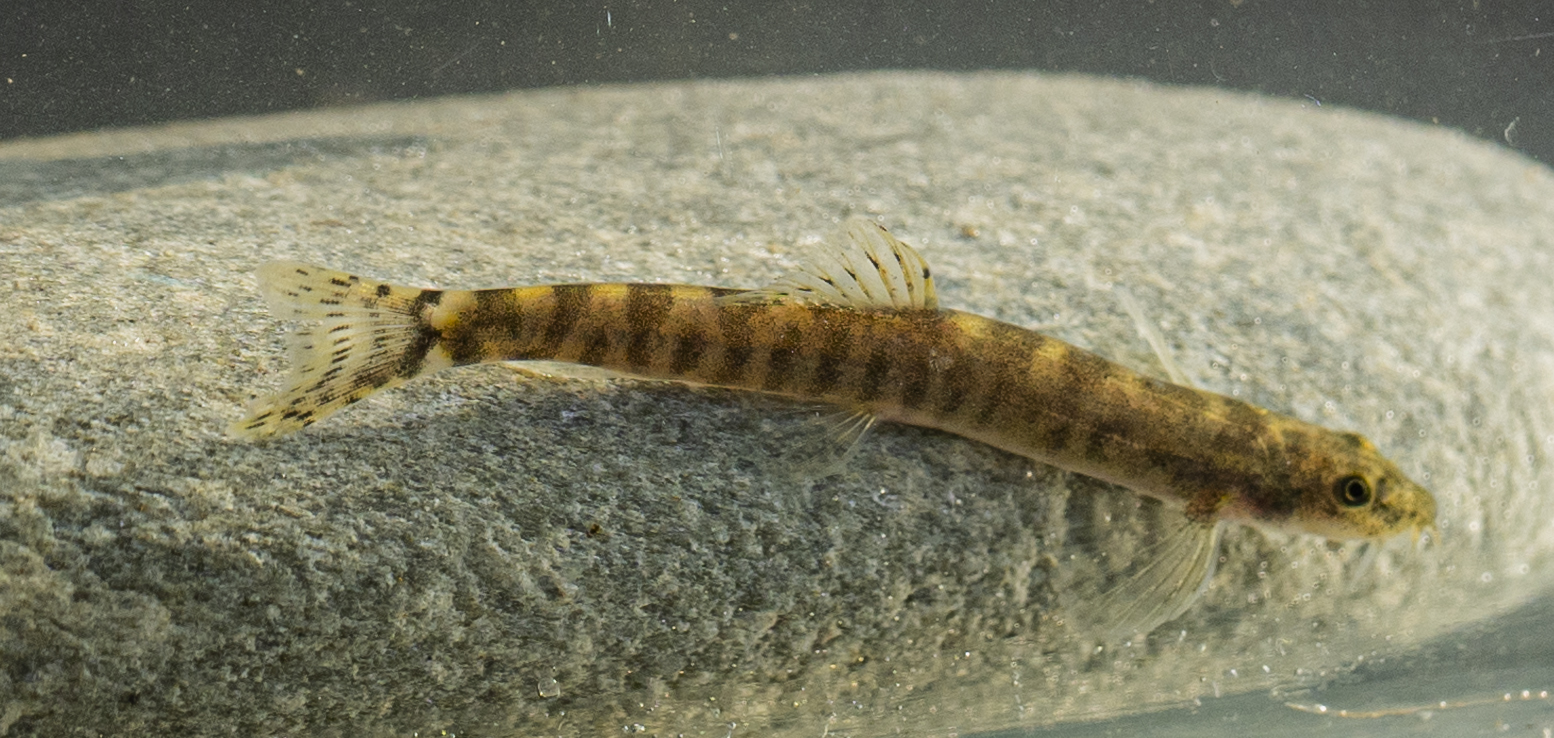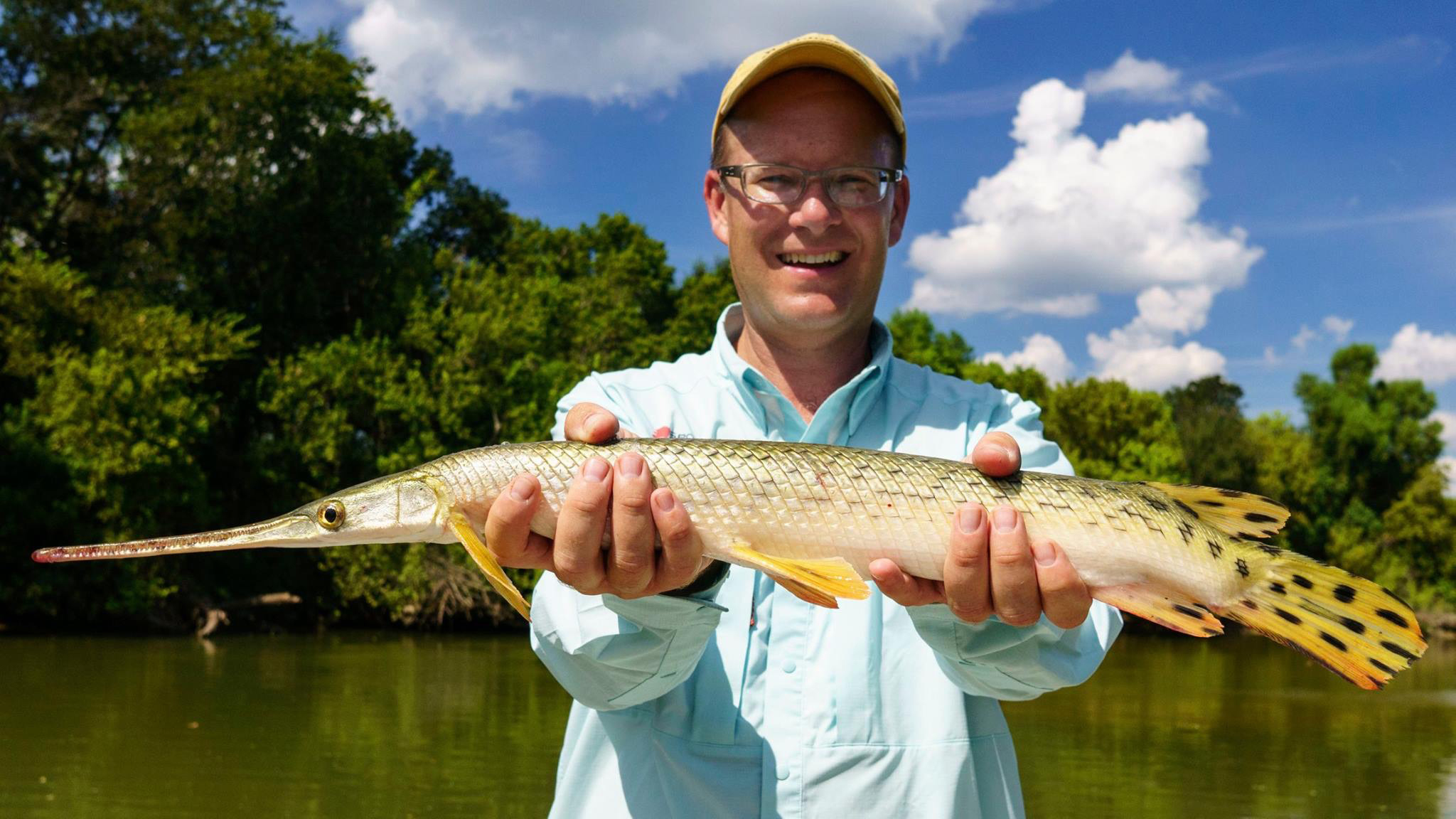5 freshwater fishes that need saving in 2020
American paddlefish (c) Jan Stefka
by Merlin Veron
At the end of 2019, buried in other news stories and festive cheer, there was one story which struck a sombre note, the scientific confirmation of the extinction of the Chinese paddlefish (Psephurus gladius). In truth, the fate of the Chinese paddlefish has been sealed for a short-while, the changes to its habitat and fishing pressures providing an insurmountable barrier. Now the American paddlefish stands alone at the end of this evolutionary branch of fishes which first took root in the Jurassic period more than 200 million years ago.
While we should lament the loss of the paddlefish, we must also learn the lessons from its extinction and work towards making a difference for those fishes for which there is still time. In this article, we take a look at five species which are where the Chinese paddlefish was 20-30 years ago, clinging on, but in need of urgent conservation action.
While each of these stories strikes a sombre note in many respects – it should also be seen as a cause for optimism. For all of these species something can be done, it is not too late to take action to save them. There is a crucial window of opportunity, and many passionate people around the working towards seizing it, for these and many other freshwater species – unfortunately there was no shortage of candidates for this list. By working together, fish lovers around the world can make a difference to their fate and shift these species away from extinction. Shoal has been founded to help make this happen.
1. Adriatic sturgeon (Acipenser naccarii):
Range: Northern Italy, former range includes Croatia,
Estimated remaining population: 0 – 250. It is possible that the species is no longer reproducing in the wild.
Population trend: Decreasing
Captive Population: Yes, the species is being stocked in the Po River Basin.
IUCN Red List Category: Critically Endangered
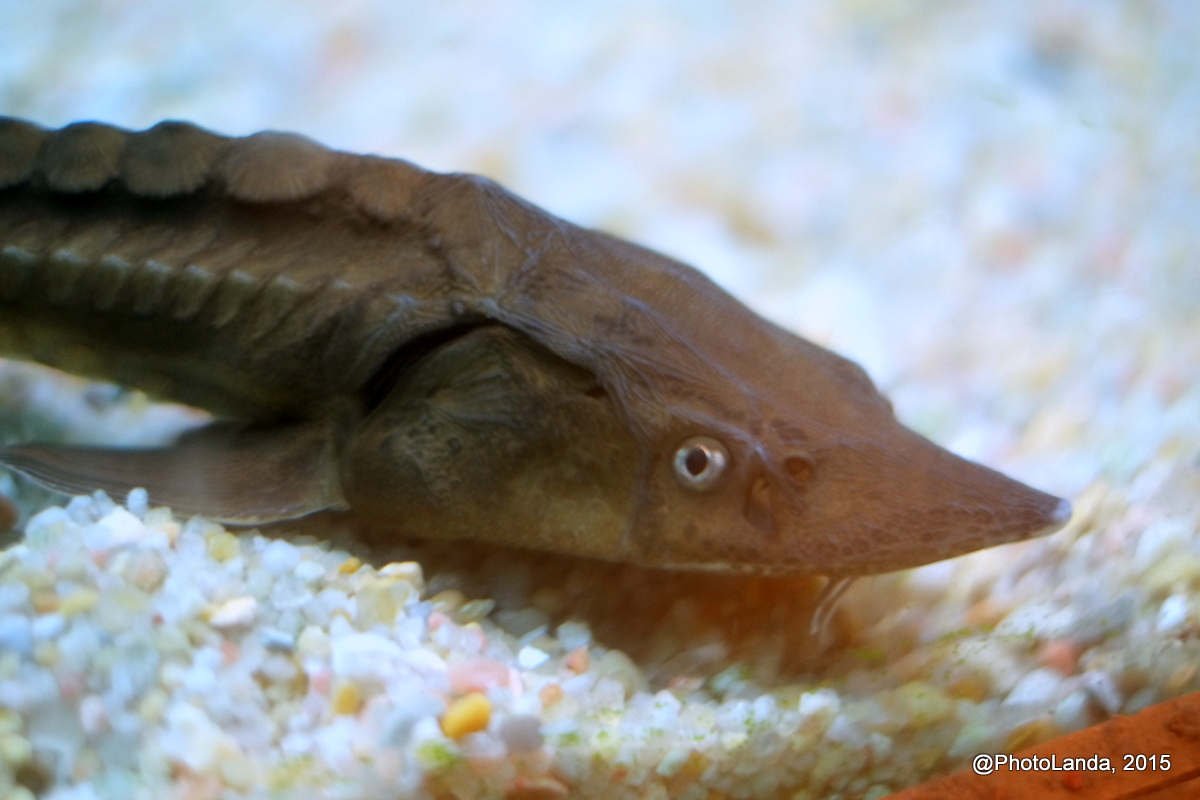
(c) PhotoLanda
The Adriatic sturgeon is endemic to the rivers of northern Italy and the Balkans and the coastal waters of the North-Eastern Mediterranean. Like the Chinese paddlefish, the Adriatic sturgeon has an ancient lineage, its ancestors survived the mass extinction event which saw the end of the dinosaurs and they have roamed rivers across North America, Europe and Asia for millennia. 85% of sturgeon species are assessed as threatened with extinction, making them the most endangered species group in the world on the IUCN Red List.
The Adriatic Sturgeon is now believed to only survive in the Po River and its tributaries in Northern Italy. There is no certainty that the population here is still spawning either, or the most optimistic assessments is that there are less than 250 individuals in this population. Unlike the Chinese paddlefish however, the Adriatic Sturgeon has been bred in captivity, meaning that its populations can be stocked and even reintroduced in areas such as Croatia, Albania which were once strongholds for these species. However, for this to happen the habitats which the sturgeon relied upon need to be restored. Instead, current trends in the Balkan states are seeing an increasing number of rivers dammed, depriving the Adriatic Sturgeon of additional habitats where populations could be revived.
The recently agreed European Sturgeon Conservation Strategy brings hope of coordinated, pan-European action to save species such as the Adriatic sturgeon. It has been agreed by the EU and 50 European states and is legally binding under the Bern Convention.
2. Sahara Killifish (Aphanius saourensis)
Range: Endemic to the Oued Saoura Basin, Algeria
Estimated remaining population: Unknown, likely extinct in the wild.
Population trend: Unknown
Captive population: Yes
IUCN Red List Category: Critically Endangered
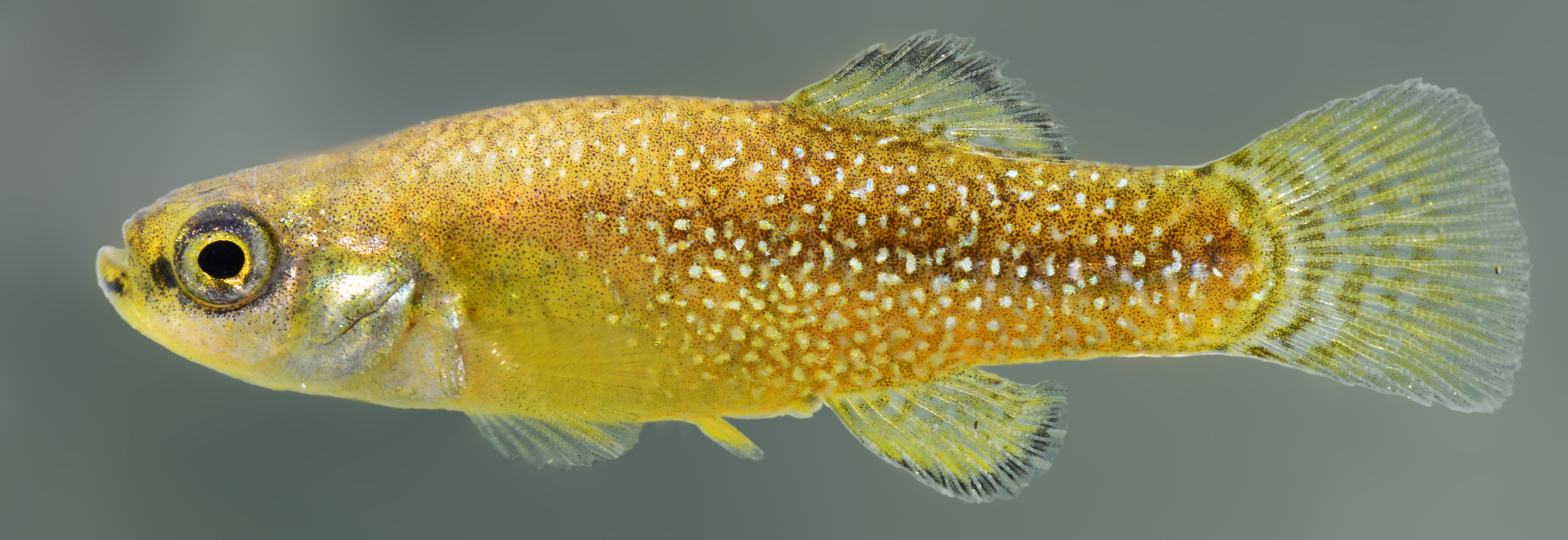
(c) Jorg Freyhof
The Sahara is perhaps the last place on Earth you would expect to find a freshwater fish. Freshwater is the scarcest of resources here, but killifish are an ingenious genus adapted to survive even when they are, almost literally, a fish out of water. Yet for the Sahara killifish, a tiny fish measuring just 4cm in length, a combination of pollution and invasive species may have proved too much. Extensive surveys of its previous known habitats in 2013 failed to locate any killifish. At the sites where they were clinging on in 2003 the only fishes found are invasive mosquitofish and tilapia – their presence and abundance almost certainly contributory factors in the decline of the Sahara killifish.
Fortunately, there is a small captive population of this species, another example of hobbyists’ collections becoming a vital ex-situ reserve which could allow a species to evade extinction and return to the wild.
However, for the Sahara killifish to return to the wild, urgent conservation of its habitats will be required. Many of these habitats have now shrunk considerably due to over extraction of their precious water resources, pollution, and the aforementioned introduction of invasive species. Across North Africa there are in fact a number of species, such as the footless killifish (Aphanius apodus) and the giant Atlas barbel (Labeobarbus reinii) which are estimated to also be on the brink of extinction. Urgent conservation attention is needed in this region if these species are to be saved, and with them some of the Sahara’s most valuable freshwater habitats.
3. Hump-backed mahseer (Tor remadevii):
Range: Endemic to the Cauvery river basin, in Southern India
Estimated remaining population: Unknown
Population trend: Decreasing
Captive population? No
IUCN Red List Category: Critically Endangered
![humpback_bailey[2]](https://shoalconservation.org/wp-content/uploads/2020/01/humpback_bailey2.jpg)
(c) John Bailey
Qualifying as freshwater megafauna, the iconic hump-backed mahseer is one of the largest freshwater fish in the world. Hump-backs are only found in the Cauvery River system in southern India and were first popularised in the late 19th century by British officers who considered mahseer angling to present a superior sporting challenge to shooting big game. Following Indian independence in 1946, many believed the mahseer had gone extinct, until a new era of conservation minded catch-and-release anglers reignited a global interest in these fish.
However, in 2014 following analysis of data from the catch and release angling camps which had sprung up along the river, Dr. Adrian Pinder of the Mahseer Trust and Bournemouth University in collaboration with Indian colleagues made a startling discovery. He identified that the mahseer being caught along the Cauvery River were actually two separate species, and that the population of the orange finned mahseer – the hump-back, was declining fast while the blue fins were increasing. Further research revealed that the blue-finned fish was not native to the Cauvery and had been released into the river basin in the 1990s. It appeared that it had out-competed the native hump-back, which is now restricted to just 5% of its original range in one tributary of the Cauvery, the Moyar River. Ironically, it is a dam which has protected this remaining population of hump-backed mahseer.
The Moyar River is set in the stunningly beautiful location of the Nilgiri mountains. The area is home to one of the largest remaining populations of Asian elephant and falls between three highly important tiger reserves. A project to save ‘the tiger of the water’ as the fish is known locally is being initiated engaging research institutes, the local government and conservation NGOs to better understand the species’ conservation status and to begin priority conservation actions to reverse the decline in their population. Saving this species is one of Shoal’s initial flagship projects and an urgent priority for 2020.
4. Butterfly splitfin (Amenca splendens)
Range: Endemic to Mexico, specifically the
Estimated remaining population: Unknown
Population trend: Decreasing
Captive population? Yes, although it is declining as the butterfly splitfin has become less popular within the ornamental hobby.
IUCN Red List Category: Critically Endangered, previously assessed as Extinct in the Wild
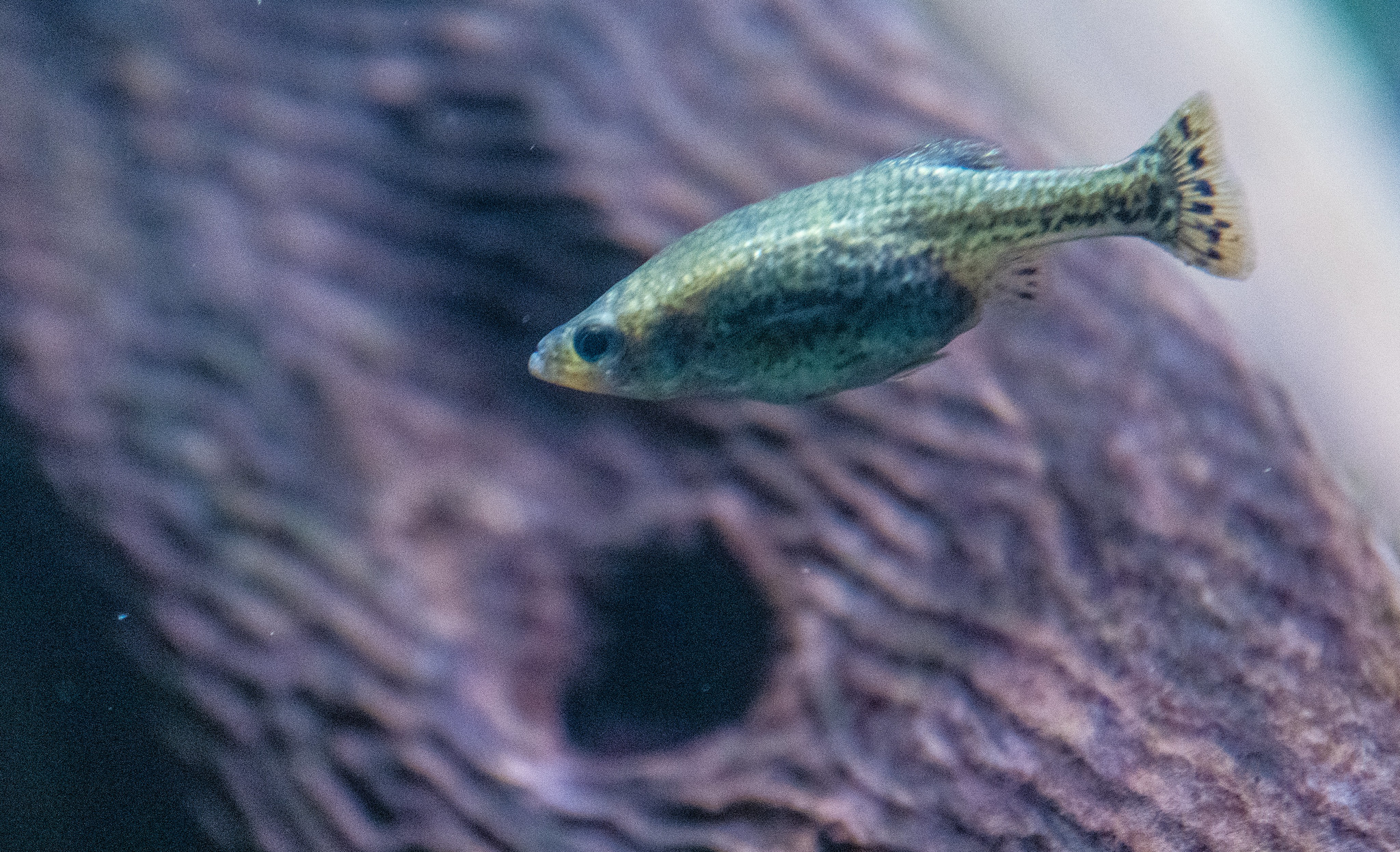
(c) Josh More
The butterfly splitfin is part of the goodeid family, a group of small fishes found in Mexico and the United States. Goodeids tend to occupy springs and small creeks and give birth to live young. They are slightly more modest relatives of the guppies, and also popular with aquarium hobbyists around the world. In the wild, goodeids are threatened predominately by habitat loss and pollution, with intensive agriculture leading to shifting ecological conditions in their habitats, most acutely, a decline in available oxygen.
The butterfly splitfin is one of the rarest goodeids, and until recently it was thought to have already become extinct in the wild. However, a remnant population has been found to persist in El Rincón Waterpark near the town of Amenca, which is built around one of its original springs. This proves that you never quite know where a species might turn up. Yet with the species surviving in just this one, popular location, there is an urgent need for further conservation action to prevent its extinction in the wild.
There is hope however that this species can be saved. Its closest relative, the Tequila splitfin (named, like the drink, after a region of Mexico) was also classified as Critically Endangered until recent action was taken to protect it. Michoacán University brought this fish back to its original habitat through a reintroduction programme which included working with local people. There is now a small but growing wild population, and significant potential that this approach could be replicated for the butterfly splitfin and for other goodeids across Mexico. Hobbyists are also an important part of the effort to save these species. The Goodeid Working Group is working with zoos and aquariums in Europe and North America as well as institutions in North America to ensure healthy captive populations of species which are threatened in the wild to allow further reintroduction efforts in the future. You can read more about their work here.
5. Chambo (Oreochromis lidole, Oreochromis karongae, Oreochromis squamipinnis)
Range: Endemic to Lake Malawi, Lake Malombe and the Shire River
Estimated remaining population: Unknown
Population trend: Decreasing
Captive population? No
IUCN Red List Category: Critically Endangered
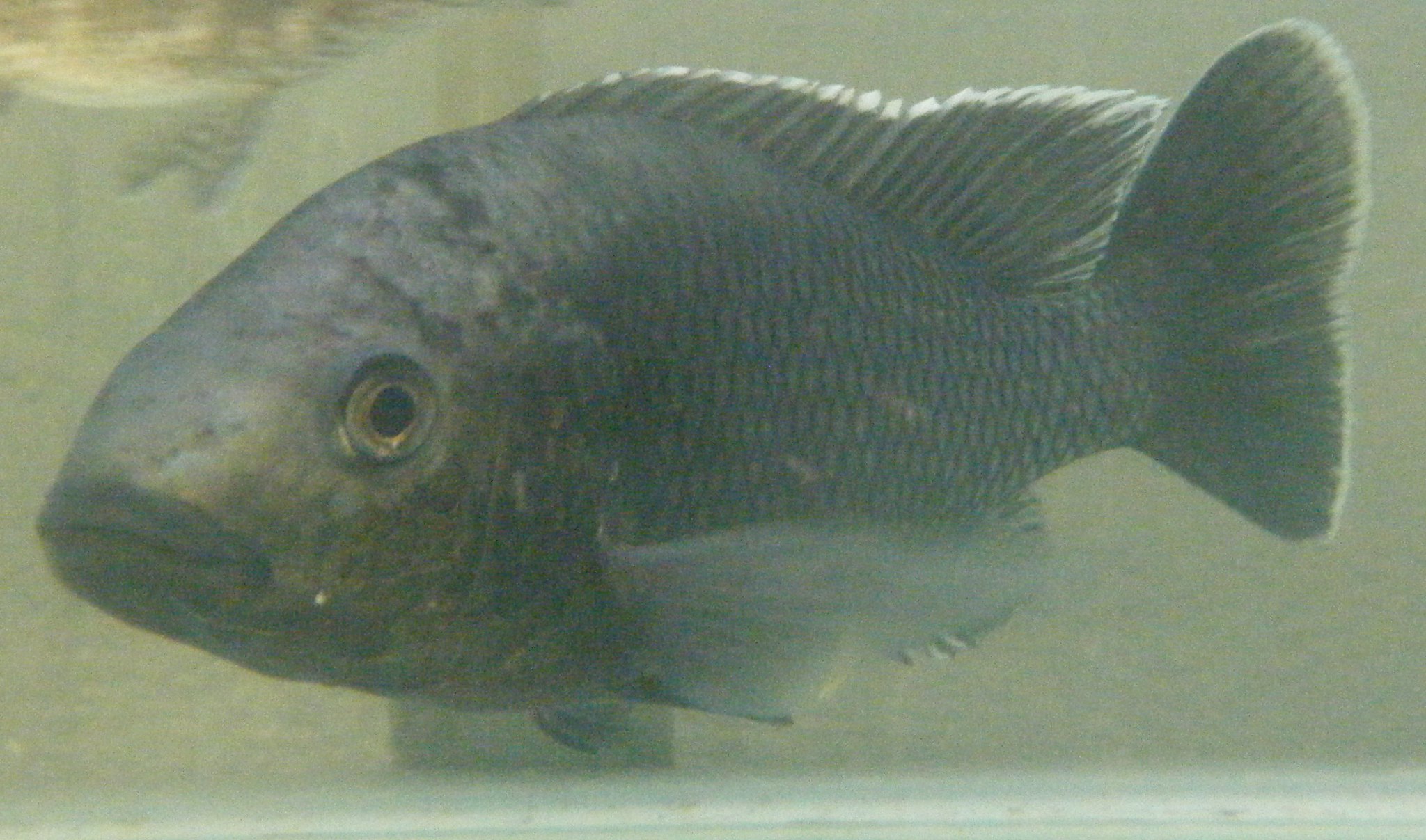
(c) Alexandra Tyers
In truth, Chambo is a catch-all term for three species of Tilapia which are found in Lake Malawi and some its tributary rivers and satellite lakes. They are maternal mouthbrooders, meaning that the mother lays her eggs and then allows the juveniles to develop in her mouth until they are a few weeks old and can forage independently. In these first few weeks however they will return to the safety of their mother’s mouth at a sign of danger, such as the arrival of a predatory species.
For many years they have been at the centre of the food security of thousands of people living on the lake’s shores. They are central to the country’s culture. However, since the beginning of the 1990s, all three species have undergone a dramatic and drastic decline. The IUCN’s Freshwater Biodiversity Unit estimates that between 1994 and 2004 populations crashed by 70%. Overfishing has been cited as the key driver for this decline, with nets with smaller and smaller mesh being used to harvest smaller and smaller fish.
It is feared that Oreochromis lidole, may have already become extinct, while Oreochromis squamipinnis populations declined a further 96% between 2006 and 2016 while in the same time period Oreochromis karongae declined is estimated to have declined by 94%. Unlike the paddlefish however, there is still time to save at least two of the three Chambo species. Organisations such as Ripple Africa are working alongside the Government’s fishery department to implement a licensing system and to prevent harmful fishing practices such as using fine mesh nets which remove young fish and damage eggs. Conserving the iconic Chambo could also have knock-on benefits for many of the other cichlid species in Lake Malawi, both through reducing fishing pressures on these species and through the creation of protected zones and improved fishing practices.

